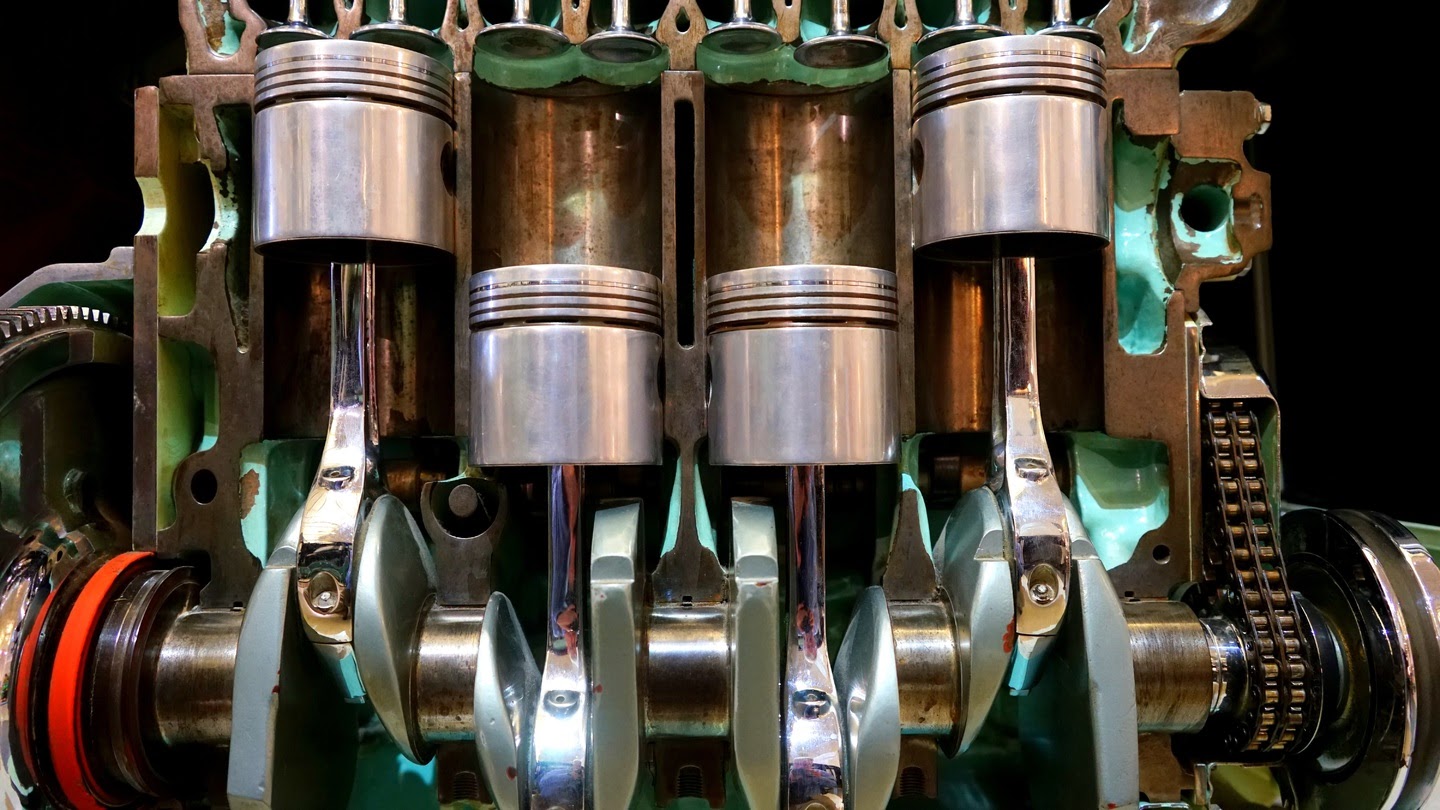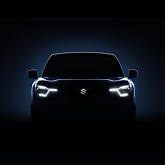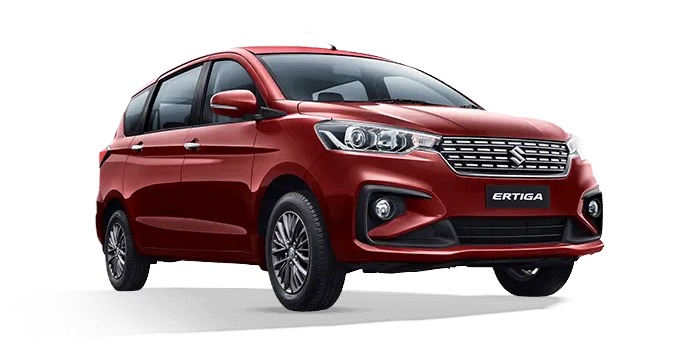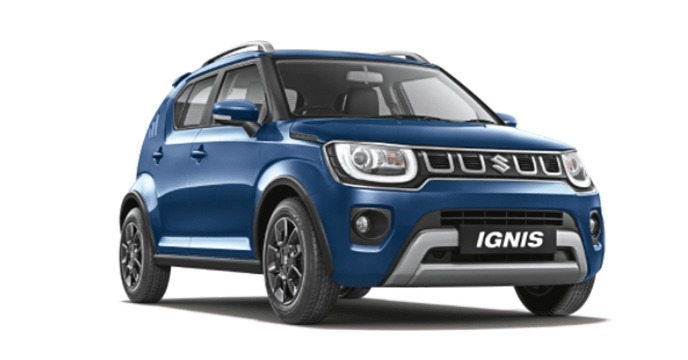How BS6 engines are different from BS4 engines
Difference between BS6 and BS4 Engines
Automobile engine
The engine inside the automobile is the heart of the system which powers the locomotion. Engines run by different fossil fuels like petrol, diesel, CNG, etc. All these engines are working on internal combustion irrespective of the fuel use. The combustion is triggered by different methods like spark plugs and compressed air like that. The fuel combusted inside the engine powers the cylinders and in turn, delivers the power to the rotor shaft. The thermal energy formed from the combustion of the fuel is then transferred to kinetic energy. The byproduct of combustion like carbon dioxide, carbon monoxide, carbon particles, and many other residues are processed and expelled through exhaust pipes/systems.

What is BSES
Bharat Stage Emission Standards are emission standards introduced by the Government of India to regulate the output of fossil fuel engines mainly to reduce air pollution. BS2 introduced in 2002 and later many iterations were made as the year goes by and now BS4 in existing and government of India instituted BS6 engine to be mandatory for new vehicles by April 2020.
What are BS4 norms
The emission standards set by the Government of India from April 2016 are BS4 norms. Upon each iteration, our government introduced new reduced levels for the advisable amount in the emission of sulfur content, nitrogen oxides, carbon mono oxides and such by-products from fuels. All these efforts are to gradually reduce the air pollution from fossil fuels, which we can’t avoid. By staging up the emission standards, by step by step, we can have a better environment to live in and air to breath. To achieve this, the fuels we use like petrol or diesel is also going through multiple processes to stand with the cause. Apart from the more refined fuels, we need engines to use these fuels in a better way, ie with less pollution or polluted emission. For this vehicle manufactures do necessary changes to the engines and exhaust system to gain the goal.

Petrol engines use a multi-point fuel injection (MPFi) system for efficient usage of the fuel. A three-way catalytic converter is added to the exhaust system to reduce the hazards that can be caused by direct emission of oxides of nitrogen, monoxides of carbon and hydrocarbons. These converters, process the above harmful substances and convert them into less harmful nitrogen, carbon dioxide, and water. For diesel engines there a common rail direct injection (CRDi) system with a turbocharger and exhaust gas recirculation system (EGR). The exhaust system in the diesel engine is mounted with a diesel oxidation catalyst (DOC) system to convert the hydrocarbons and carbon monoxides into carbon dioxide and water. BS4 engines are allowed to have 50 ppm(parts per million) of sulfur content was allowed.
BS6 norms
The Indian government had decided to skip a BS5 level and jump to BS6 standards considering the increasing pollution percentage. BS6 standards are equivalent to Euro 6 standards and these standards will be mandatory for vehicles by April 2020. Most of the car manufacturers had already started to launch vehicles with BS6 engines. Many of the current running models will get a facelift along with the new engine.

The goals of the BS6 engine are to reduce the emission of oxides of nitrogen by 70% in diesel and 25% in petrol engines. The permitted sulfur content is only 10ppm, which is a reduction of 80% in sulfur emission into the air we breathe. BS6 standards mandate to have an onboard diagnostic (OBD) and real driving emission(RDE) system to track the real-time emission. Diesel engines will need to integrate advanced tech like selective catalytic reduction(SCR) and particulate filter(PF) to reduce the emission levels and achieve the norms.
BS6 fuel
BS6 fuel is no different from the fuels we use regularly. The only and main difference is it is much cleaner than BS4 fuel. Only changes to the engine cannot meet the emission standards, we need to upgrade the fuel also. Many states had begun using BS6 fuels and to date, the government had not issued a spike in the new fuel price. The cleaner fuel means that it has to go under many refining tunnels and is expected to be costlier. In the case of CNG fuel, there won't be much of a difference for CNG is a better and cleaner fuel.
BS6 compliant budget cars available in India
Changing the emission standards will bring a question to every potential customer who is going to buy a new car will be this, which are the cars we can have in our budget which will be compatible with the new norms. One more possible query is that will they be fuel-efficient as BS4 cars. There are absolutely no worries about the budget and fuel efficiency. We already have BS6 compliant cars on our roads within the budget and with a satisfying fuel economy. We can look up to Maruti Suzuki for the best deals as they are already in the game with much greener cars on the list. The list is like
- Maruti Alto (Price range starts from 3.01 lakhs) with an ARAI mileage of 22.05 kmpl
- Maruti S-Presso (Price range starts from 3.72 lakhs) with an ARAI mileage of 21.7 kmpl
- Maruti Swift (Price range starts from 5.18 lakhs) with an ARAI mileage of 21.21 kmpl
- Dzire (Price range starts from 5.87 lakhs) with an ARAI mileage of 21.21 kmpl
- Maruti Wagon R(Price range starts from 4.42 lakhs) with an ARAI mileage of 21.21 kmpl
- Maruti Baleno (Price range starts from 8.77 lakhs ) with an ARAI mileage of 21.01 kmpl
- Maruti Ertiga (Price range starts from 7.45 lakhs ) with an ARAI mileage of 25.5 kmpl
- XL6 (Price range starts from 9.86 lakhs) with an ARAI mileage of 19.01 kmpl






















